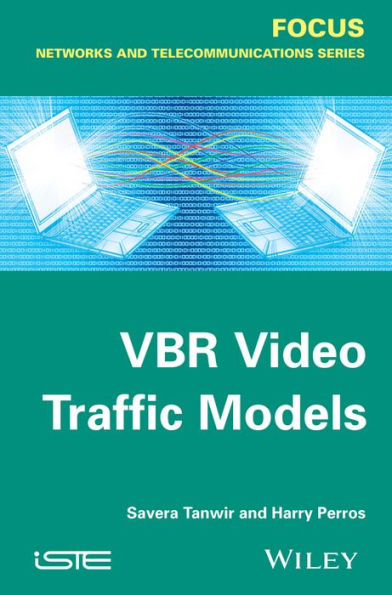VBR Video Traffic Models
There has been a phenomenal growth in video applications over the past few years. An accurate traffic model of Variable Bit Rate (VBR) video is necessary for performance evaluation of a network design and for generating synthetic traffic that can be used for benchmarking a network. A large number of models for VBR video traffic have been proposed in the literature for different types of video in the past 20 years. Here, the authors have classified and surveyed these models and have also evaluated the models for H.264 AVC and MVC encoded video and discussed their findings.
1117484355
VBR Video Traffic Models
There has been a phenomenal growth in video applications over the past few years. An accurate traffic model of Variable Bit Rate (VBR) video is necessary for performance evaluation of a network design and for generating synthetic traffic that can be used for benchmarking a network. A large number of models for VBR video traffic have been proposed in the literature for different types of video in the past 20 years. Here, the authors have classified and surveyed these models and have also evaluated the models for H.264 AVC and MVC encoded video and discussed their findings.
177.95
In Stock
5
1

VBR Video Traffic Models
148
VBR Video Traffic Models
148
177.95
In Stock

Product Details
| ISBN-13: | 9781848216365 |
|---|---|
| Publisher: | Wiley |
| Publication date: | 05/12/2014 |
| Series: | FOCUS Series |
| Pages: | 148 |
| Product dimensions: | 6.20(w) x 9.20(h) x 0.80(d) |
About the Author
From the B&N Reads Blog
